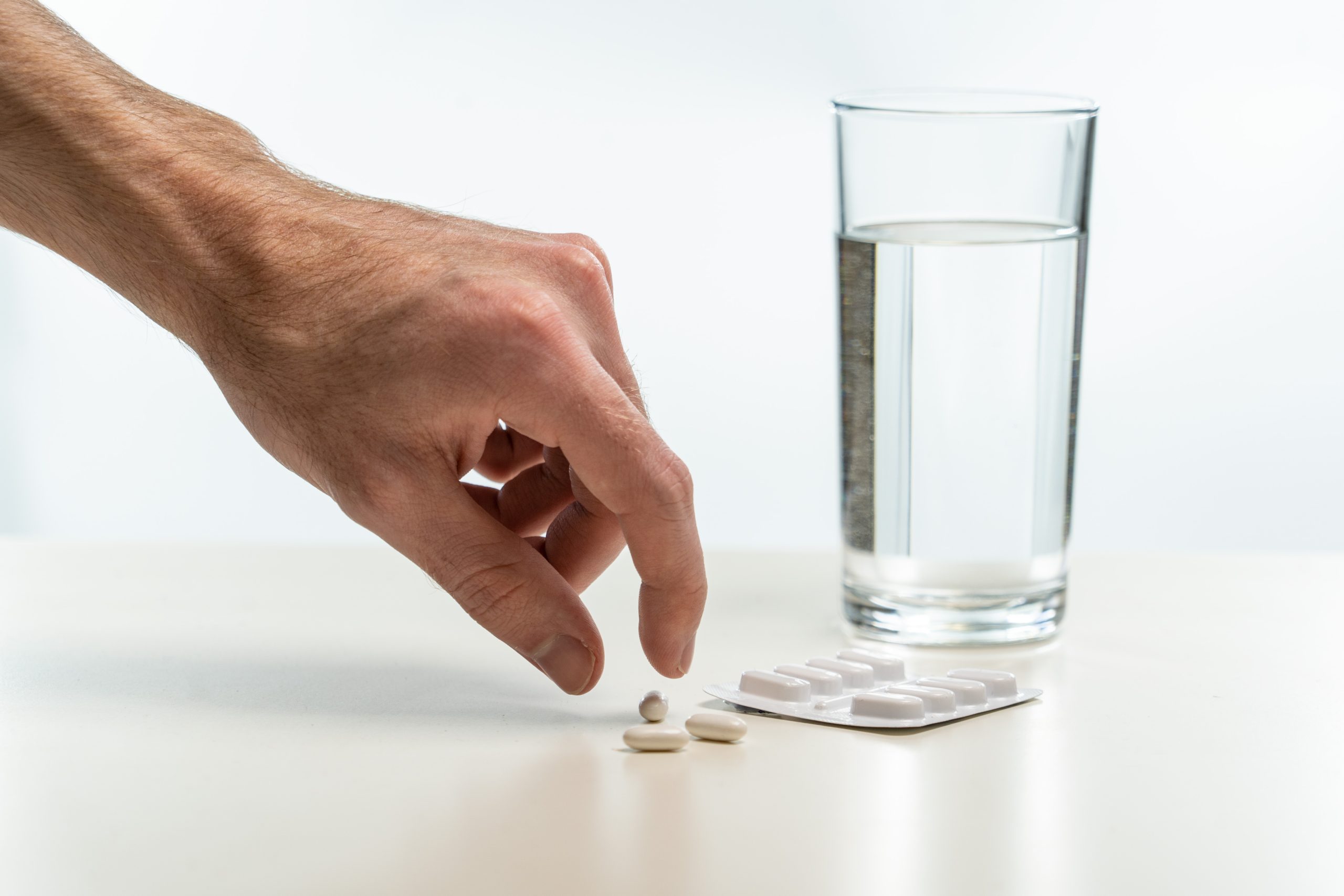THE PLACEBO EFFECT


A placebo or dummy pill, according to Merriam Webster dictionary, is a pharmacologically inert preparation prescribed more for the mental relief of the patient than for its actual effect on a disorder. In simpler words, it is an inactive substance, typically a tablet, capsule or other dose form that does not contain an active drug component and has no pharmacologic action. For example, placebo pills or liquids may contain starch, sugar, or saline etc.
Treatments that utilise placebos are called placebo treatments. They are also called sham treatments. Researchers use placebos during clinical trials to help them understand what effect a new drug or some other treatment might have on a particular condition. After such trials, a drug is only approved if it produces a greater effect than a placebo.The placebo has become an essential part of all good clinical trials.
Placebos differ in strength depending on several factors. For instance, some people believe an injection will produce a stronger placebo effect than a tablet, two tablets work better than one, capsules are stronger than tablets, and larger pills produce greater reactions. The colour of pills can also trigger placebo effects, according to a researcher—Dr. A. J. de Craen, BMJ—”Red, yellow, and orange are associated with a stimulant effect, while blue and green are related to a tranquilizing effect”.
Some patients respond positively to placebo treatments, even though the pill or treatment is not active. This is called the “placebo effect” or “placebo response”.
Research on the placebo effect has centered on the connection between the mind and body. One of the most common theories states that the placebo effect is due to a person’s expectations or classical conditioning.

When a person expects a pill to have an effect (positive or negative) either because they have been told by medical personnel or they have observed positive responses from similar drugs, it is possible that the body simulates the same effects a medication might have caused. Classical conditioning occurs when a particular action is associated with a specific response. For example, people are used to taking medication and feeling better after an ailment; this act of taking drugs elicits a positive response.
Placebos have been used in treatment of sleep, anxiety, gastrointestinal(GI) disorders, chronic pain,depression, sleep disorders, irritable bowel syndrome(IBS), menopause and several other diseases. The effect of antidepressants is also believed to be largely reliant on the placebo effect.
However, not all placebo effects are beneficial. In some cases, the symptoms may become aggravated rather than improving. If the individual does not expect the drug to be effective or expects side effects, the placebo can generate negative outcomes. In these cases, the placebo is referred to as a nocebo, and the result a nocebo effect. The mechanisms of the placebo and nocebo effects are alike; both involving things like classical conditioning and expectations.
Another problem with the placebo effect is that it can be difficult to distinguish from the actual effects of a real drug during a study, unless a proper surveillance system is established.
The usage of placebos has raised ethical questions on whether the doctor is misleading or deceiving the patient. However, if the placebo has the intended effect, it can be considered an effective treatment. Although there are debates for and against the use of placebos, future researchers are exploring ways to harness and beneficially use the power of the placebo effect.
Victoria Aladi
References
https://www.medicalnewstoday.com/articles/306437#clinical-usage-of-placebos
https://www.msdmanuals.com/home/drugs/overview-of-drugs/placebos
https://www.drugs.com/article/placebo-effect.html
https://www.healthline.com/health/placebo-effect
https://www.webmd.com/pain-management/what-is-the-placebo-effect

